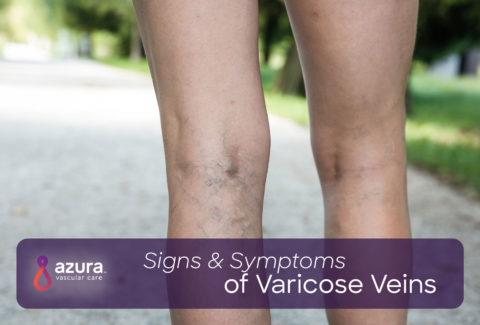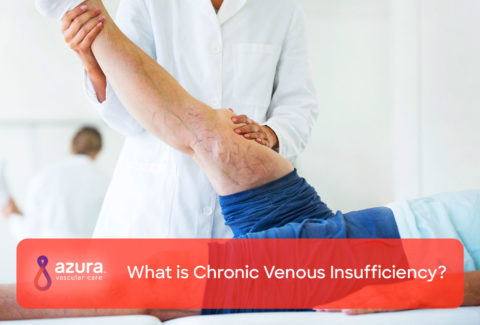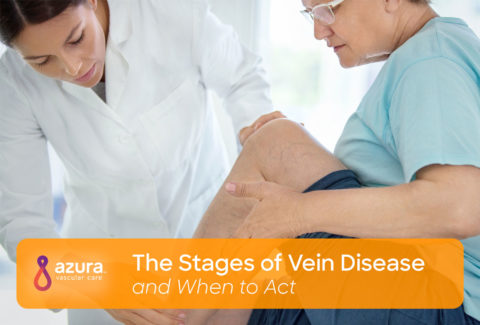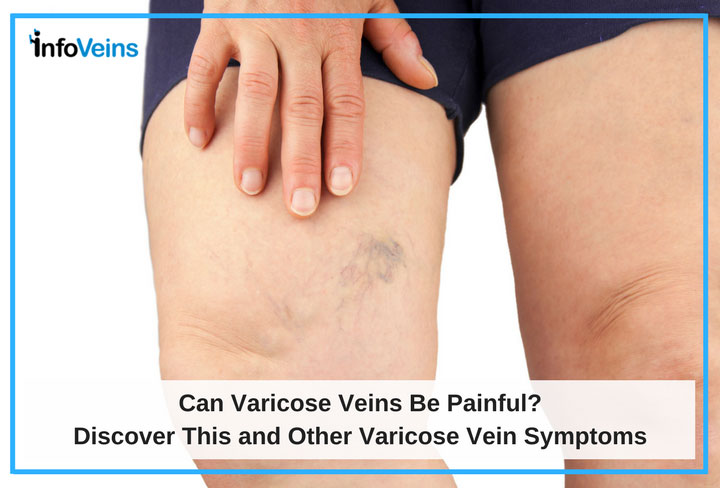
At the end of a long day, you may notice that your legs ache and your ankles swell. Sometimes, they even hurt. You know that you have blue bulging veins on your legs, and maybe you’ve brushed them off, thinking “they’re just varicose veins.”
But, have you ever stopped to ask…are these varicose veins actually causing your pain? Can varicose veins be painful?
In short, it’s possible that varicose veins can cause pain. Varicose veins are not just a cosmetic problem. At least 70% of adults with varicose veins have related leg symptoms.i And you may be surprised to find out that these varicose vein symptoms can have a significant impact on your quality of life.ii
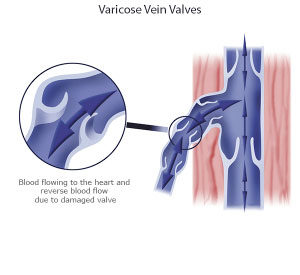
Can Varicose Veins Be Painful?
Varicose veins, the blueish or purplish twisted, bulging veins that are usually in the legs, are a result of leaky valves in the veins that cause an increased amount of blood pooling.iii The increased amount of blood creates stress on the vein walls, which may already be weak, and as a result the veins enlarge.
These enlarged veins can be seen, and it’s not uncommon for people with varicose veins to be self-conscious or embarrassed about them. But varicose veins can be more than just a cosmetic issue. They can actually cause significant problems.
More about Varicose Vein Symptoms
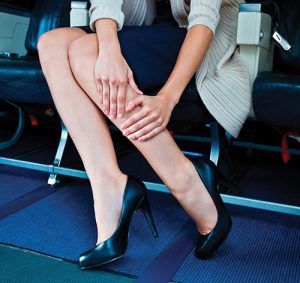 The following symptoms are most often related to varicose veins:
The following symptoms are most often related to varicose veins:
- aching, discomfort or pain in the legs
- legs feeling heavy
- a burning or throbbing sensation in one or both legs
- swelling in the legs
- pain in the legs after standing or sitting for a long time
- itching around the actual veins i
Some people with varicose veins may also experience:
- muscle cramping
- pain with walking
- restless legs i
There are also some rare, but serious medical complications that can be caused by varicose veins. If you notice any of the following symptoms, you should see your doctor right away.
- Bleeding – Even a small injury to a varicose vein can cause bleeding that might not be stopped by just a few minutes of direct pressure. This can happen because these large veins contain more blood than normal veins and are closer to the surface of the skin. If you cannot stop the bleeding from a varicose vein, you need to see a doctor.
- A painful vein that is red – Blood clots are more likely to form in varicose veins, which can lead to a painful condition called thrombophlebitis. Occasionally, this blood clot can extend into the deeper veins, resulting in a dangerous medical condition called deep vein thrombosis.iii If you have pain and redness around a vein, you should have it checked out by a doctor right away.
- Skin changes – Varicose veins can lead to changes in the skin including hardening, changes in color and swelling that doesn’t go away.
- Ulceration – Open sores that do not heal can also develop. When this occurs, it’s usually because the swelling makes even minor injuries harder to heal.
- Painful red area with swelling – This may be a sign of either a blood clot or a skin infection. You must see a doctor to determine what the cause is. A doctor can use an ultrasound, which uses sound waves to look for a blood clot in the vein. A swollen, red and painful leg can be very serious and needs to be evaluated and treated.
The Good News
This may all sound pretty dire…but there is some good news for varicose vein sufferers. You don’t need to live with your varicose vein symptoms. You can get some relief, many times even with these simple changes:
- elevate your legs for 30 minutes, 4 times a day
- walk regularly
- lose weight, if you are overweight ii
Your doctor can also advise you on whether or not other varicose veins treatment may help. Some of the treatments that are available include:
- Compression stockings – These knee- or thigh-high stockings are made of an elastic material that compresses the outside of the leg. This can relieve the swelling and discomfort and is often one of the first treatments attempted.
- Medication – Talk to your doctor to see if medication may be safe and useful to relieve your leg symptoms.
- Surgery – Varicose vein surgery involves tying off the veins and possibly even removing some of them.
- Minimally invasive treatments – If surgery makes you nervous or uneasy, you may take comfort in finding out there are several minimally invasive treatments that do not involve surgery. Some procedures treat the veins from the inside, such as sclerotherapy and endovenous ablation, where others, like microphlebectomy, involve making a tiny nick in the skin and removing veins through it.iv
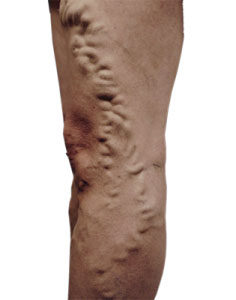
Before Treatment
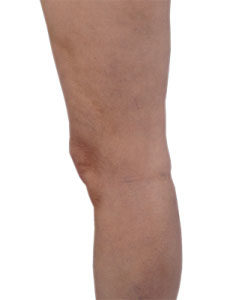
After Treatment
If you think you have, or have been diagnosed with, varicose veins and you have pain or any of the other symptoms listed above, you should talk to your doctor. Your doctor can help determine if your symptoms are related to varicose veins, and what the next step is for you to get relief. Remember, you don’t have to live in pain from your varicose veins. You have options.
Sources:
i Wrona, M., Jockel, K., Pannier, F., Bock, E., Hoffmann, B., Rabe, E., Association of Venous Disorders with Leg symptoms: Results from the Bonn Vein Study 1. Eur J Vasc Endovasc Surg, 2015. 50: p. 260-267. http://www.ejves.com/article/S1078-5884(15)00333-0/pdf
ii Piazza, G., Varicose Veins. Circulation, 2014. 130: p. 582-587. http://circ.ahajournals.org/content/130/7/582.long
iii Mayo Clinic. Varicose Veins Overview. http://www.mayoclinic.org/diseases-conditions/varicose-veins/home/ovc-20178078 (updated 1/22/2016, accessed 11/30/2016)
iv American College of Phlebology, Treatment. http://www.phlebology.org/patient-information/conditions-treatments/treatment#conservative (accessed 12/6/2016)
